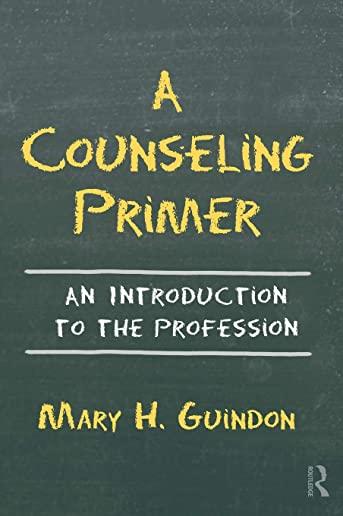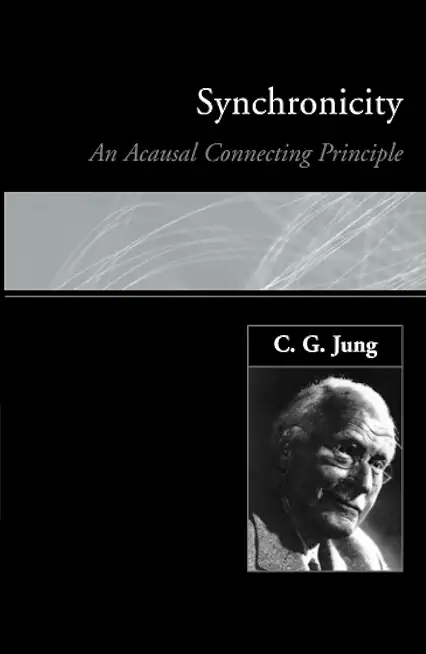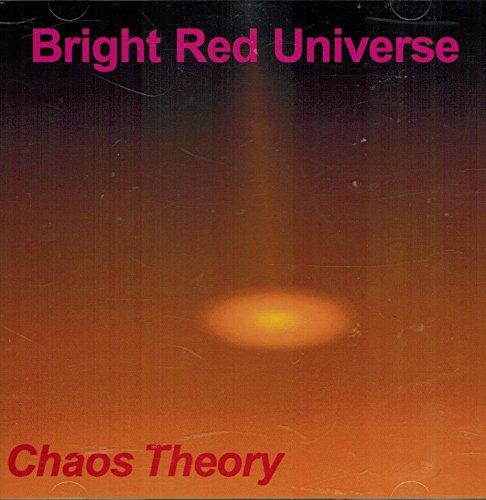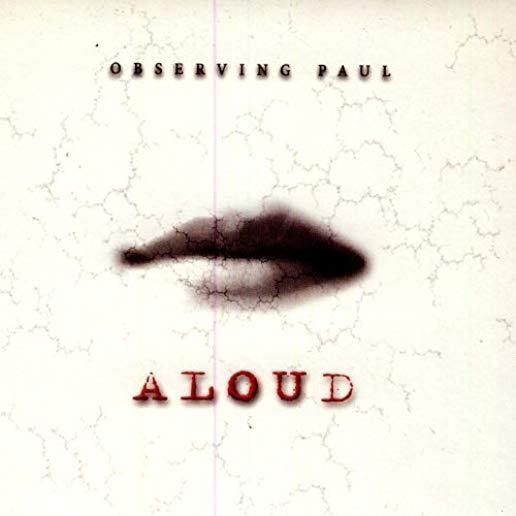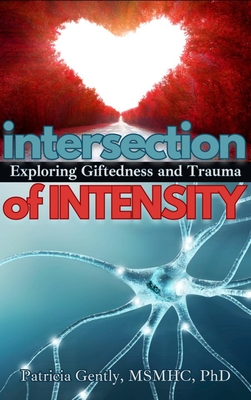
Gently Msmhc Ph. D., Patricia
product information
description
ation, Intersection of Intensity intricately textures together the complex relationship between giftedness and trauma. It begins by defining giftedness, addressing the challenges of identification, and exploring various types of traumas and their impacts on gifted individuals. Core chapters delve into the interplay of trauma and giftedness, examining the unique responses of the gifted brain, the relationships of asynchronicity and compensation, and the profound role of heightened intensity. Therapeutically, the book introduces EMDR and the T.I.C.E.S. framework, providing insights into the nuanced considerations required for neurodivergent experiences. Additionally, each chapter wraps up with a poignant personal check-in, leaving readers equipped not just with knowledge but also with a personal understanding and empathy for the unique challenges at this intersection.
Transitioning to skill-building and treatment, the book outlines essential components, from cultivating awareness to considering biological factors related to trauma and gifted persons. It offers a comprehensive toolkit for effective therapy, incorporating top-down and bottom-up approaches tailored to the distinctive needs of gifted individuals. As the narrative concludes graciously, readers are invited to reflect on the concept of post-traumatic growth and grapple with complex issues related to giftedness and trauma. The exploration encompasses topics including levels of giftedness, rejection sensitivity, demand avoidance, aging, and the intricate dynamics within marginalized populations. Dr. Patty offers a nuanced understanding and empathetic insights into these topics, which leaves the reader with a deep understanding of possibly novel ideas and applications of this knowledge.
Transitioning to skill-building and treatment, the book outlines essential components, from cultivating awareness to considering biological factors related to trauma and gifted persons. It offers a comprehensive toolkit for effective therapy, incorporating top-down and bottom-up approaches tailored to the distinctive needs of gifted individuals. As the narrative concludes graciously, readers are invited to reflect on the concept of post-traumatic growth and grapple with complex issues related to giftedness and trauma. The exploration encompasses topics including levels of giftedness, rejection sensitivity, demand avoidance, aging, and the intricate dynamics within marginalized populations. Dr. Patty offers a nuanced understanding and empathetic insights into these topics, which leaves the reader with a deep understanding of possibly novel ideas and applications of this knowledge.
member goods
No member items were found under this heading.
Return Policy
All sales are final
Shipping
No special shipping considerations available.
Shipping fees determined at checkout.
